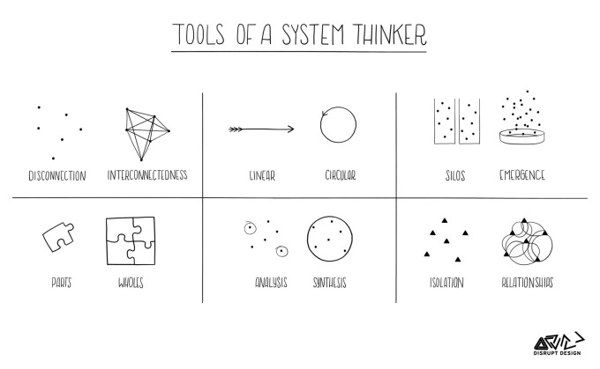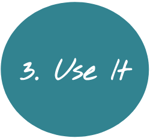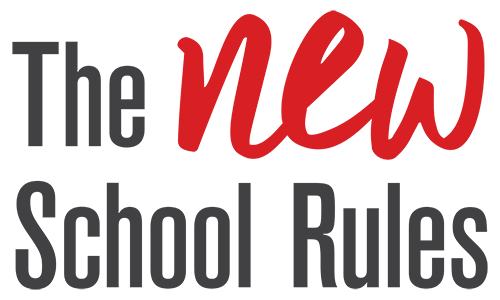
Think In Systems
In writing this blog post I revisited notes from the dozens of conferences I’ve been lucky to attend in the past year. One conference that continues to stand out in terms of content, collaboration, and creativity is the Responsive Conference. I was lucky to join as an attendee last year and plan to return with a team of colleagues and clients this September.
There were so many great sessions and presenters, but one quote, in particular, has stuck with me. Jocelyn Ling Malan, Principal Incandescent shared this concise, but powerful advice about organizational culture, “Design things as systems, not in parts.”
Incandescent Founder Niko Canner builds on this concept in sharing how they designed their organization.
“How We Run Incandescent starts with a set of four foundational commitments — to discovery, impact, community and creating economic value — and from there we develop a set of principles that position the firm to advance these commitments in a powerful way over the long term. By being explicit about this holistic framework of principles, we have established a clear set of priorities for the kinds of practices we need to build and refine, in order to be able to realize the principles in our day-to-day work. When things don’t go the way we want them to or think they should, we then have an explicit foundation from which to examine what went wrong.”
Needing Coherence
I can think of so many examples from organizations I have worked for and partnered with that finding a single example seems daunting. Instead, I’d like to defer this Real Life section to Niko who I think outlines nicely the consequences of not thinking in systems.
“Most mature companies have evolved to be quite prescriptive about practices, but in a way that doesn’t clearly connect practices to principles — and certainly doesn’t weave together principles into a coherent framework across the enterprise, where each part reinforces the others. For instance, in the area of talent, a company might have elaborate practices embodied in process and policy — e.g., competency models, compensation bands, policy and “case law” about promotions, norms about staffing, and so on — but lack any clear articulation of how these practices flow from a core of higher-level principles relating to talent, let alone how these talent principles connect to other principles in areas like brand, culture or operations. (Most entrepreneurial companies are less prescriptive about practices at the level of the enterprise as a whole, but no more intentional about the practices they do have, and often operate in ways that reflect the founders’ preferences or prevailing norms for the kind of business they are, without having a clear articulation of what commitments their specific practices are in service of.) In practical terms, the consequence of not building a holistic operating framework is to act on the basis of implied principles that one may not actually even believe.”
Does that last line ring true for you? I have seen this lack of a holistic operating framework often in my own practice and the practices of organizations I support.
Systems Mindset


Mine, Landscape, Build
If you want to start thinking in this holistic, systems-oriented way begin with these three steps. I’ve adapted Leyla’s framework here.
- Mining: think of a structure in your organization you want to think holistically about (e.g. compensation system). Start by exploring how this thing connects to other things. Suspend the need to solve and avoid trying to impose order at this stage. Dig for new ideas and simply collect them for now.
- Landscaping: start taking the things you learned and put them together in some kind of order, like a giant jigsaw puzzle. In doing so, engage with a bird’s eye view of the system and think about new connections and insights this view provides.
- Building: with these insights in mind, engage in creative ideation and design potential interventions to make change within the system.
If you want to learn more the tools of a systems thinker check out Leyla Acaroglu’s blog post and video presentation. You can also join me at the Responsive Conference September 24-25 in NYC or in conversation any time at @kearaduggan.
This blog post was originally published on The KikiBrief.
About Keara Mascareñaz
Keara is a Managing Partner at Education Elements who focuses on how to build and scale a culture of innovation in large systems, how to create national communities of collaboration, and how to keep laughing when pursuing daunting, large-scale changes. She was lucky to collaborate with co-authors Alexis Gonzales-Black and Anthony Kim to design the website and toolkit for The NEW School Rules: 6 Practices for Responsive and Thriving Schools.






